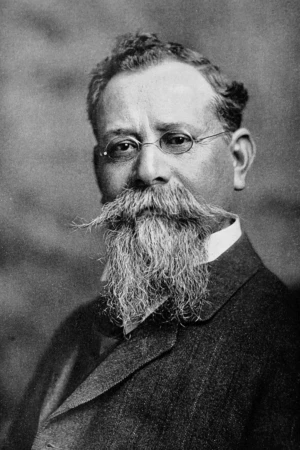Biography
(No Information)
Filmography
all 1
Movies 1
self 1
Information
Known ForActing
GenderMale
Birthday1859-12-29
Deathday1920-05-21 (60 years old)
Birth PlaceCuatro Ciénegas de Carranza, Mexico
FatherJesús Carranza
SiblingsJesús Carranza Garza
CitizenshipsMexico
This article uses material from Wikipedia.
Last updated:
 Venustiano Carranza
Venustiano Carranza- Filmography
- Information
